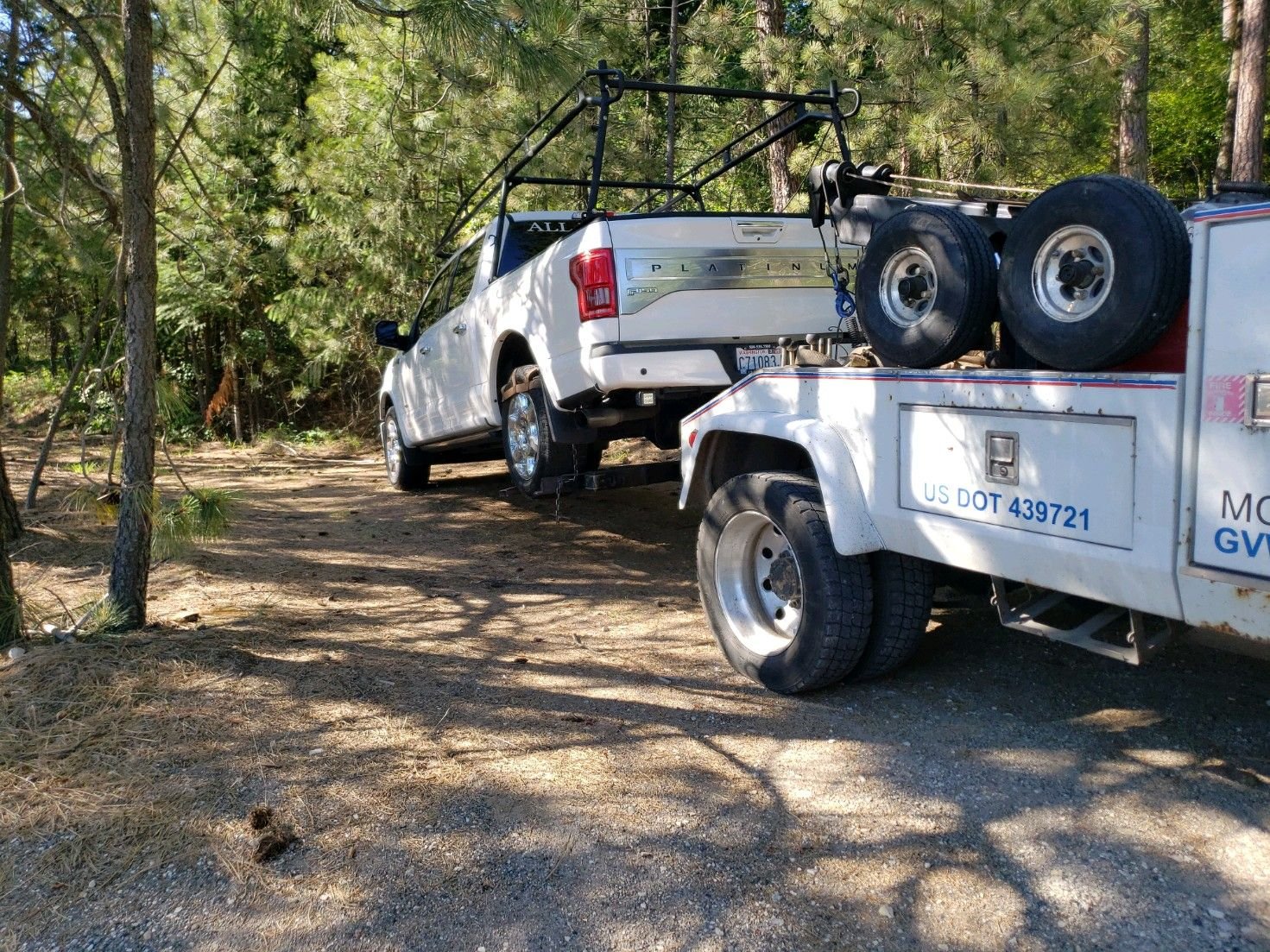Hill Descent Control (HDC) is a valuable feature in modern vehicles, particularly for traversing steep and challenging terrain. However, when encountering a HDC fault, it can be a frustrating and potentially hazardous situation. Understanding the potential causes and effective troubleshooting techniques is crucial for safe and timely resolution.

Image: www.f150forum.com
Causes of Hill Descent Control Faults
HDC faults can arise from various sources, including sensor malfunctions, electrical issues, brake system problems, and software glitches. The complexity of the HDC system means that even minor faults can trigger warning lights and disable its functionality. Some common causes of HDC faults include:
-
Faulty Wheel Speed Sensors: Accurate wheel speed information is vital for the HDC system to operate effectively. Malfunctioning sensors can provide incorrect data, leading to miscalculations and potential system failure.
-
Electrical Faults: Electrical issues can disrupt the communication between different HDC components. Loose wiring, faulty connectors, or damaged circuit boards can cause intermittent or complete HDC system malfunctions.
-
Brake System Problems: Proper brake operation is essential for HDC to effectively control the vehicle’s descent. Worn brake pads, air in the brake lines, or a compromised master cylinder can result in reduced braking effectiveness, impacting HDC performance.
-
Software Issues: HDC systems rely on software algorithms to interpret sensor data and actuate braking forces. Software glitches can introduce errors, causing unexpected system behavior and possible faults.

Image: www.ford-trucks.com
How To Fix Hill Descent Control Fault
Troubleshooting Hill Descent Control Faults
-
Vehicle Inspection: Conduct a thorough visual inspection of the vehicle, focusing on the brake system. Check for worn brake pads, inspect the brake lines for leaks or damage, and ensure there is no visible debris or other issues that could affect brake performance.
-
Sensor Diagnostics: Utilize diagnostic tools to check the proper functioning of wheel speed sensors. Look for unusual readings or sensor signal interruptions that could indicate a fault.
-
Electrical System Assessment: Inspect the wiring harness and connectors associated with the HDC system. Look for loose or damaged connections, corrosion, or other signs of electrical issues. The vehicle’s fuse box can also be checked to identify any blown fuses related to HDC.
-
Brake System Testing: Perform tests on the vehicle’s braking system. Check the brake fluid level and inspect the lines for leaks. Evaluate the responsiveness of the brakes and rule out any issues that could impact HDC operation.
-
Software Updates: Software updates can often resolve HDC faults caused by programming glitches or outdated firmware. Refer to the vehicle’s manufacturer for any available software updates and follow the recommended update procedures.
If the above troubleshooting steps do not resolve the HDC fault, it is advisable to consult an authorized dealership or qualified mechanic. They have the specialized diagnostic equipment and training to pinpoint the exact issue and perform the necessary repairs.